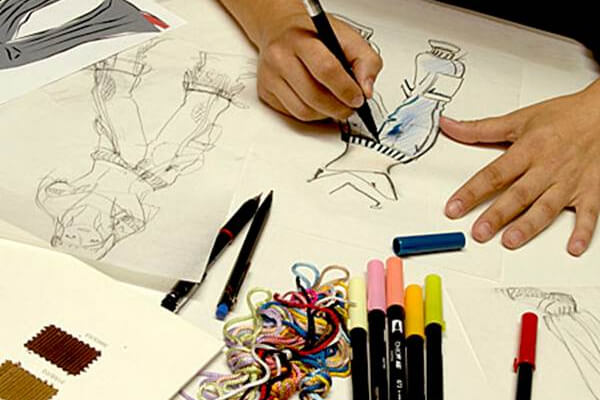
Any contemporary colloquy on ‘Fashion’ is generally founded on a surmise that the discussion conjuncts to modern fashion apparels and products, the designs created by celebrated designers, design houses or even nascent, but modern fashion designers. We largely associate fashion with what is displayed at ramps across the world, from New York to Tokyo and London to Delhi. Fashion, however, is not confined to its modern form. It also envelops the traditional fabrics, styles of clothing, textiles, dresses, etc., which have been manufactured since hundreds of years, not in premium design houses but by local handloom weavers, knitters and other kind of expert workers employing their traditional production methods. Traditional dresses are regarded highly and are combined with modern fashion to create beautiful, colorful and distinctive designer garments.[1] From Pashmina of Kashmir to Kancheepuram Silk of Tamil Nadu, and from Surat Zari of Gujarat to Muga Silk of Assam, India is a land of traditional fashion assets, which hold high economic value in not just national market, but international market as well.



